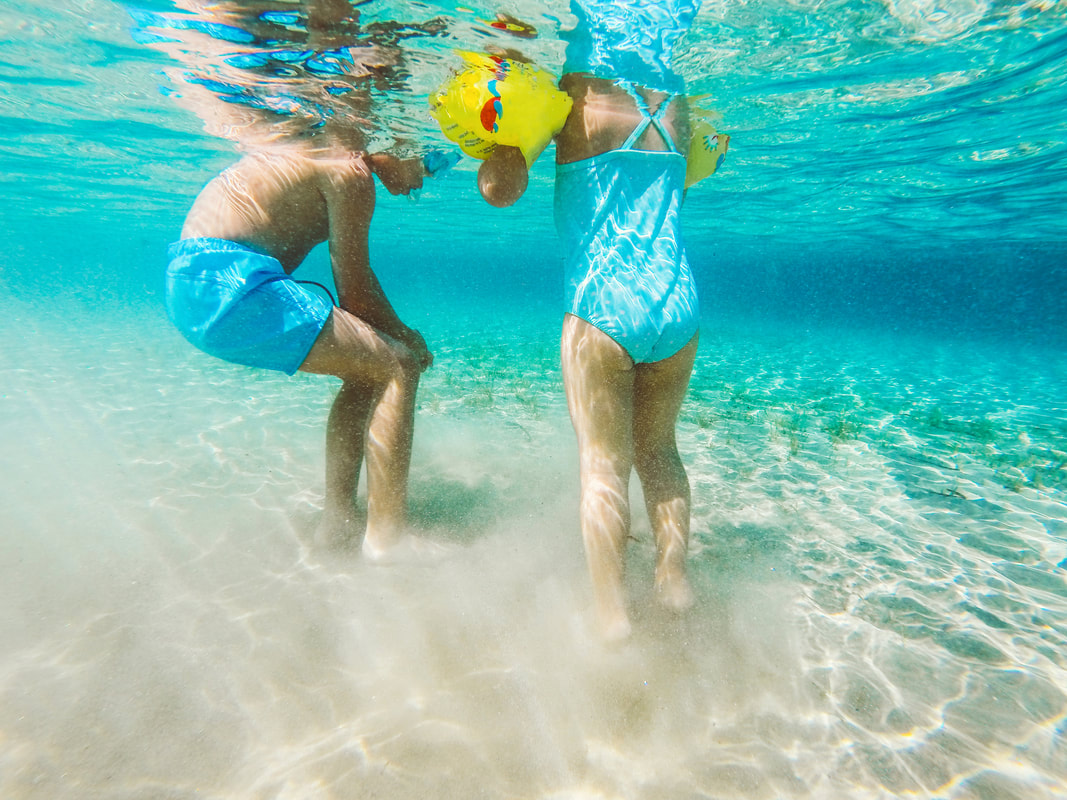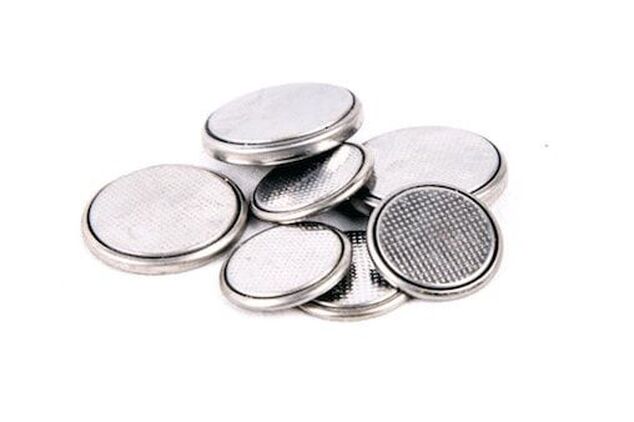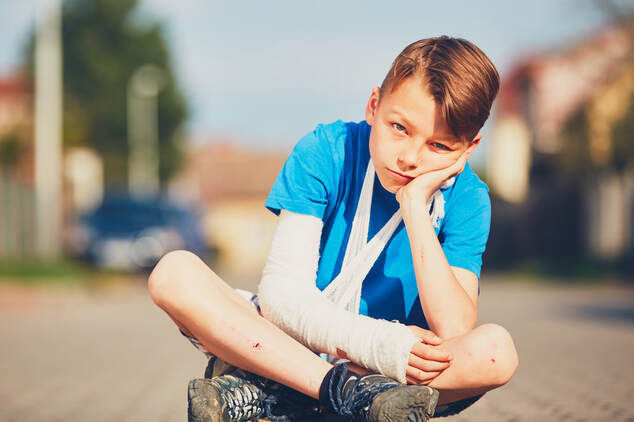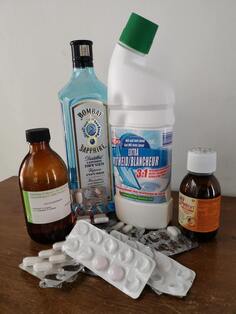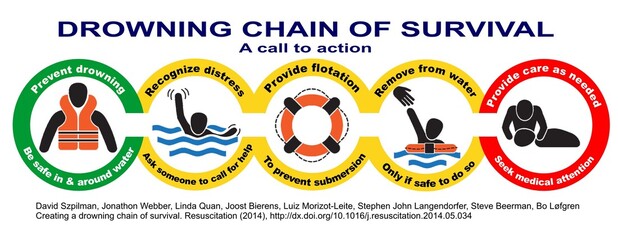
Drowning is when someone is unable to breathe because their nose and mouth are submerged in water, or in another liquid. Babies are particularly vulnerable to drowning incidents, even in wading pools because they sometimes don't have enough strength to pick up their heads. So, to keep your family safe this summer:
Drowning prevention – what you need to know
- Children should be supervised in the water at all times. Don’t rely on older children to supervise
- It’s not just young children who are at risk. Older children and teens can get into trouble, especially while ‘wild’ swimming. Strong currents, deep water and objects lurking under the water are unlikely to be obvious
- Don’t assume that because a child can swim, they will be safe
- Drowning happens silently! As drowning occurs, the instinctive drowning response means that a child is unable to speak or to control their arm movements, and they slip quietly under the water – it’s a myth that they splash about, shout or scream
- Don’t rely on lifeguards – provision, training and legislation varies in different countries, and lifeguards may have other duties
- Even if you’ve taken steps to make your garden or environment safe, children have drowned after wandering into neighbouring gardens. Be mindful of this at home and on holiday
- Research shows the most common times for children to drown on holiday are the first and the last days – don’t let your guard down at any time
- Empty paddling pools when they’re not in use
- At the beach, wind blowing off the land can make the sea look flat, calm and safe but it can easily sweep inflatables quickly out to sea, and children will be tempted to go after them
- Finally, expect children to do unexpected things. They can’t be relied on to keep themselves safe, even if they say they can!
Someone is drowning:
If someone is unconscious in water, get them out as quickly as possible but never put yourself in danger! The Drowning Chain of Survival is a “call action” and is simple to follow:
- Once the person is on dry land, turn them on their back, tilt their head and lift the chin to open the airway
- Ask someone to call 112 for medical help
- If the person is unresponsive and not breathing, give them five initial rescue breaths before starting CPR (cardiopulmonary resuscitation)
- If there is a defibrillator available, use it immediately
- Keep giving CPR until help arrives, the casualty regains responsiveness, or you’re too exhausted to keep going
- If they start to breathe and regain consciousness swiftly put them into the recovery position, treat them for hypothermia by covering them with warm clothes and blankets. If they recover completely, replace their wet clothes with dry ones
- Keep checking breathing, pulse and level of response until help arrives
IMPORTANT: Anyone who has been in a near-drowning situation should be checked by a doctor as secondary drowning can occur many hours later.
For further advice on drowning and taking your child swimming:
www.rospa.com/leisure-safety/water/advice/taking-children-swimming/
www.capt.org.uk/drowning
Kate Ellwood 26/06/2019
Life First provides this information for guidance and it is not in any way a substitute for medical advice. Life First is not responsible or liable for any diagnosis made, or actions taken based on this information. It is strongly advised that you attend a First Aid course to understand what to do in a medical emergency.

